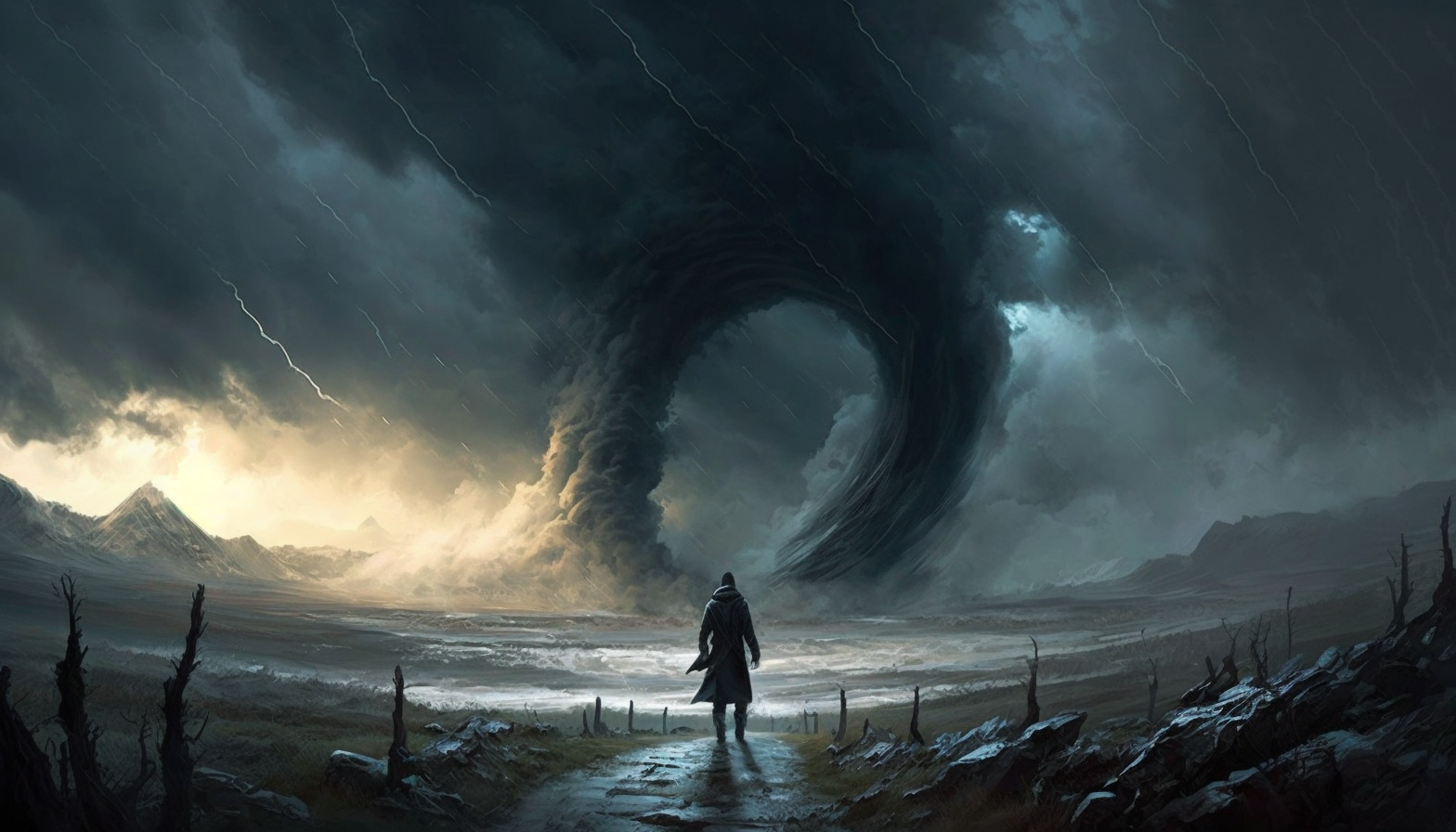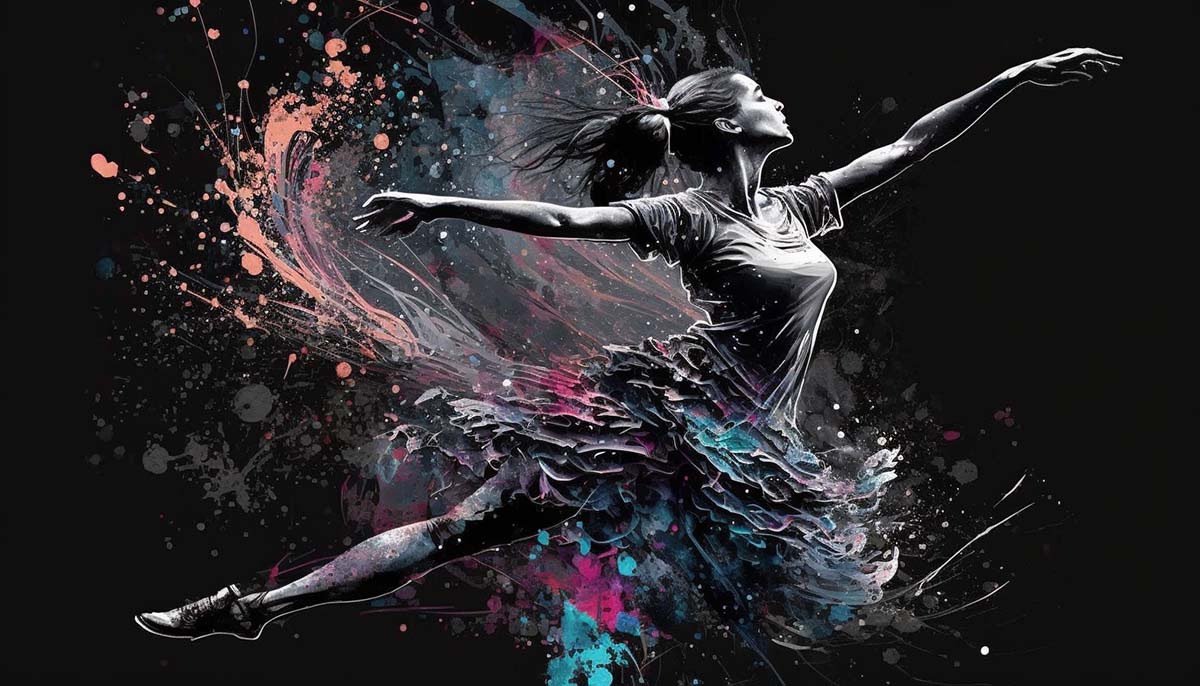Have you ever started a project and felt inspired and motivated, only to find yourself lost in the middle of your creative endeavor? You know the place I’m talking about: the messy nebulous phase of creativity in between vision and reality. It’s where ideas get watered down and “shoulds” start to creep in.
But here’s the thing: The messy middle is where all of our best ideas are hiding — if we can just permit ourselves to explore it.
What is the Messy Middle?
Think of it as a crossroads between your creative vision (the beginning) and the finished product (the end). Depending on what kind of project you are working on, the Messy Middle could be an exploration of ideas, a period of trial and error, or some combination thereof. It’s not always fun getting lost in the weeds, but it’s often necessary.

The best projects are born out of allowing yourself to take risks and explore the unknown. The Messy Middle is where our creativity and imagination can really shine through, as we have the opportunity to make something truly unique. So don’t be afraid — jump in and embrace the mess.
Here are a few strategies that can help make this happen.
1. Prepare Your Mindset for Creative Thinking
It’s important to remember that when you enter into a creative project, it’s going to be messy—and that’s okay! You won’t have all of the answers yet, but that doesn’t mean that you can’t make progress. Your finished product will take many different forms before you reach your final destination.
2.Create a Sandbox or Space for your Creative Ideas
Are you in need of a space to start your projects and develop your ideas? Whether it’s an area for spreading out craft materials or creating a folder on the digital desktop, having one designated spot can make all the difference. Plus, if tidiness is something that stresses you out, this allows you to come in and create without worrying about clutter when not working.
3. Allow Creative Ideas to Flow

It can be tempting to jump right into editing and critiquing your ideas as soon as they come up. Many creators get stuck when they try to “perfect” an idea before moving on. However, perfectionism can lead to stagnation.
This means getting everything out – even if it’s disorganized or going in a seemingly wrong direction – and letting your mind wander until you hit upon something that resonates strongly enough for you to pursue further. Even if you don’t end up using that idea, you may discover something entirely new that serves as an impetus for your project.
Julia Cameron’s Morning Pages is an excellent primer and practice for creative thinking and flow. It involves taking time each day to sit down and write three pages about your thoughts, feelings, ideas, and anything else that comes to mind.
The key (and discipline) here is to create. Don’t edit. This type of exploration is key for releasing creative blocks and keeping the momentum going throughout the entire creative process.
4. Deploy Curiosity and Playfulness
You know I’m big on playfulness and curiosity. Creativity thrives on it and it’s critical during this phase of the creative process. Don’t take yourself too seriously—allow yourself to experiment and see what sticks. Be open-minded about new ways of looking at things and don’t be afraid to get out of your comfort zone from time to time.
Fulfill Your Curiosity by Uncovering Your Unanswered Questions
Some questions that can help you explore your ideas further:
- What questions do I have about this topic?
- What perspectives haven’t been considered yet?
- Are there any creative solutions to the challenge at hand?
- What could make my project stand out from other similar projects?
- Are there any existing resources that might help inform my work on this topic?
Experiment with New Ways to Explore Ideas

Some fun activities that could bring you some new perspectives:
- Mind mapping
- Freewriting/Journaling
- Reverse engineering
- Interview subject matter experts
- Participation in group discussions or workshops
- Drawing or sketching ideas out visually
- Taking a walk to gain new perspectives
The more willing you are to explore uncharted territory, the more likely it is that you will stumble across something truly unique.
5.Color Outside the Lines
To stay inspired, take time to explore the topics or ideas that are connected to your project but extend beyond it. I like to call this “the fringe”. For example, if you’re writing a story about a musician, research music theory and histories of related genres.
This is where you may make unlikely connections that become fresh and innovative ideas few people have explored. This is particularly interesting because it’s your perspective and experience that creates the connection, making the idea even more unique.
6.When It Gets Overwhelming
If you’re feeling overwhelmed and a bit lost, zoom out and re-ground yourself with your purpose and goals. Try breaking down your project into manageable steps. That way you can focus on only one small piece of the puzzle at a time. This allows you to stay focused and keep the momentum going, even when it feels chaotic pile of poo.
Here are a few tips for breaking down projects into smaller, achievable tasks:
- Start by outlining your project goals. This will help you determine what needs to get done and how long it will take.
- Break the project down into smaller, achievable tasks that can be completed in a day or two.
- Schedule time each day to work on these tasks so that they get done in succession and don’t feel like an overwhelming burden at once.
- Prioritize tasks based on importance and timeline.
- Celebrate incremental successes.

The messy middle of a creative process can be frustrating, but it is also the part where ideas are uncovered, developed, and transformed into something special. With a little discipline and willingness to explore, you can make this phase a productive and inspiring part of your creative journey.
Final Thoughts
Creativity is a journey that requires exploration and experimentation. If it feels confusing, messy, and maybe a little uncomfortable that’s part of the process. So here’s your reminder, you’re doing it right.
The punchline is don’t stop now when you feel like you’re walking through mud and your ideas / execution feel stalled. Keep going. Try these 6 strategies and break through. Allowing ideas to flow freely, exploring the topics connected to your project, and breaking down projects into manageable steps can help keep the creative momentum going.
Enjoy!





















